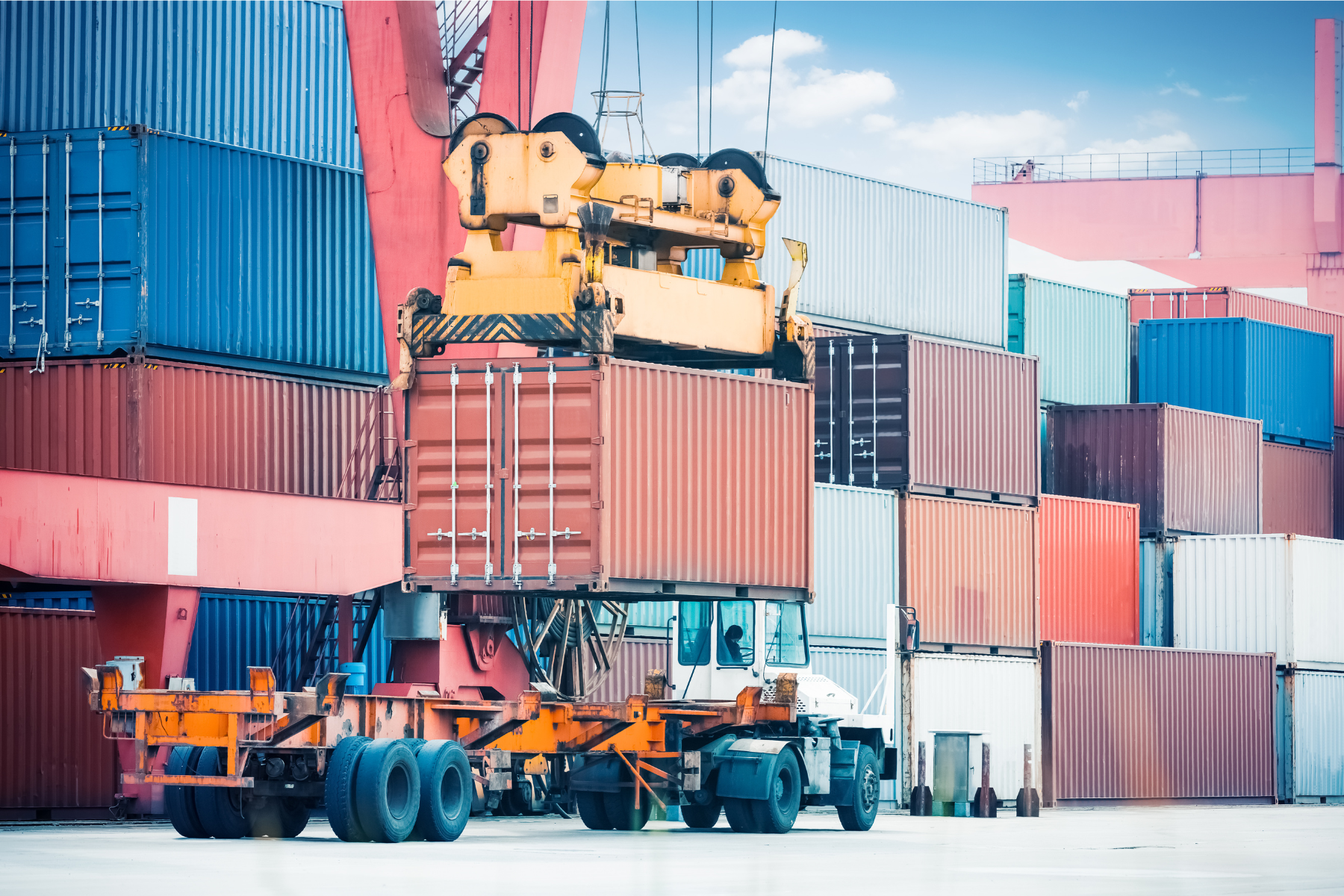Transportation Management - Uncovering the Hidden Costs


International transportation has many traps that add to the total cost of an imported product. Individually, these costs don't seem to be too excessive, but collectively they negatively impact an organization's total product cost. Each organization manages transportation differently so the impact on total landed costs can markedly different. However, all companies experience costs that go undetected because they are not readily evident.
The Hidden Cost Traps
Below is a list of the areas where unaccounted transportation costs impact the import landed costs. The list is not meant to be exhaustive. It is meant to illuminate those areas where hidden transportation costs often occur but don't show against the products. I call these hidden costs because they are unplanned and not captured systematically by a system. They are hidden because there is limited visibility into the aggregate cost by service line item. They are real and they negatively affect overall cost performance because they are not visible and therefore correcting the problem is virtually impossible.The amazing thing is everyone in transportation knows the hidden costs exist but few have visibility into the real total effect on product cost. The lack of visibility into these costs means that they often go unmeasured. The adage "What you can't see you can't measure and what you can't measure you can't manage" is very true when it comes to managing transportation's hidden costs. The lack of transparency to the aggregate value of these hidden costs results in very limited remedial action by the transportation team because they don't fully understand the impact of these costs.
Freight Contract and Freight Invoice:
Freight Contracting - Manually managing the freight contracting process is expensive. Because freight contract management is so labor intensive and the associated cost so high, this is often poorly managed - if at all. If it is managed it is done on disparate spreadsheets or light-weight databases.
Without an adequate integrated system, automating the execution of freight quotes and the capture of the freight details represents significant lost opportunities.
Freight Invoice Errors - Maersk, the largest ocean carrier, admitted that 10-12% of their invoices contained errors. Carriers with less sophisticated systems run higher invoice error rates. Overall, it is estimated that invoice errors amount to 1.5-2% in added freight spend - usually in favor of the carrier. It is not that errors are intentional. The managing of freight contracts by carriers is difficult and errors just occur.
Managing freight contracts is essential for managing freight cost. Without freight contracts, it is virtually impossible to audit freight invoices. Even with freight contracts in place, it is very problematic for a company to manage the freight audit process because the information is disparate and managed in spreadsheets. Therefore, freight invoice errors go undetected and the cost associated with the overbilling charges is left unrecovered. Even for a relatively modest shipper - $500K in freight charges - the amount lost is meaningful.
Shipment Load Optimization
Not loading and shipping to equipment capacity is a major area of hidden cost. By under-utilizing FTL/FCL capacity adds to item transportation cost. For companies that ship only by weight or volume, this is not an issue. But, for those companies that have both weight and volume product, having the ability to combine products is a real savings opportunity.
Demurrage and Detention
Pier Visibility is a very significant problem for almost all importers. Tracking of containers in transit is difficult enough but knowing when free time expires for shipments at the pier is virtually impossible. This lack of visibility means that prioritizing shipments at the pier cannot be easily done.
Similarly, when equipment is on delivery knowing if it is sitting a "yard" is exceptionally difficult to ascertain. Not too infrequently equipment is delivered to DCs or customers and left beyond the free time allotted.
With increasing congestion at the ports and more frequent inspections by regulatory agencies, managing demurrage and detention charges can reduce overall transportation costs. In a time of driver shortages having the ability to organize and manage drayage/cartage provides a significant opportunity to reduce or eliminate these hidden cost traps.
Direct Delivery/Cross Dock
Cross-docking and direct delivery offer a great opportunity for cost savings. Inversely, not being able to take advantage of either of these opportunities adds to product cost. Poor visibility of shipments in-transit makes it virtually impossible to take advantage of either cross-docking or direct delivery opportunities as too often shipments cannot be managed until they are received at a DC. As the demands for greater flexibility in product delivery evidence themselves the hidden cost of poor visibility increases.
Inventory Sub-Optimization - Safety Stock
Inventory sub-optimization is a huge problem that is directly affected by transportation performance and visibility. Too much safety stock results in higher overall carrying cost, product obsolescence, damages, write-downs, etc. Too little inventory results in lost sales and increased customer dissatisfaction. Without getting into the specifics as to why sub-optimal safety stock occurs and the root causes, transportation plays a major role in mitigating these costs. Inventory sub-optimization is an outcome of poor supply chain visibility and execution. Poor visibility results in uncertainty across the supply chain which, in turn, cause the "buffering" of inventory to take care of the "just in case" requirements.
Visibility into the entire supply chain and transportation specifically provides an incredible opportunity to improve responsiveness at all level of the supply chain. Better visibility into the transportation and logistics activity delivers the certainty and lead-time that is essential to better manage inventory from an organizational perspective. With comprehensive product/SKU level visibility into the logistics supply chain - from purchase order fulfillment to warehouse receipt - product allocation is possible at virtually any level of the supply chain so that the in-transit status of a product/SKU is truly moving inventory
However, like the other hidden cost types, the role of transportation in inventory optimization is poorly understood and the cost related to inventory sub-optimization is hidden from view.
The Challenge: Uncovering the Hidden Transportation Costs
With the exception of Inventory Sub-Optimization, all other hidden costs can be uncovered with some basic analysis. The fundamental challenges are:
a) understanding that there is real value to be uncovered by analyzing all direct and indirect transportation costs, and
b) having the time and opportunity to analyze the direct and indirect transportation cost elements.
Dealing with b) first. There are affordable solutions that allow you to manage freight costs from purchase to receipt, itemizing all cost elements. This is important because if you are going to the trouble of analyzing transportation processes to discover the value and savings that can accrue from uncovering the areas of hidden costs, it is important to know there is a solution that will allow you to capture these costs - affordably.With respect to a), the real value of hidden costs is not in a specific cost element, i.e. demurrage or the lost opportunity of improved warehouse and direct delivery management. The value is in the aggregate of all the areas where unplanned costs go undetected and unattributed. To uncover transportation's hidden costs requires some serious analysis and cross-functional collaboration. The greatest challenge is that most of the transportation costs are not centralized in a single system so a comprehensive analysis is very problematic.
The Solution: Managing all Transportation Costs
Managing and controlling transportation costs is difficult because executing international shipments is beyond the direct scope of the transportation team. Execution often lies with 3rd parties like 3PLs, consolidators, and freight forwarders. However, it is possible for the transportation team to control and optimize transportation costs. Controlling transportation and eliminating hidden transportation costs is dependent on effectively negotiating and capturing the appropriate data so that they can be managed against actual service provider activity and invoices as they occur. Managing transportation requires 2 elements - a solution that provides both an integrated platform on a singular database and an execution solution that supports the management of the related transportation service providers.
The Integrated Transportation Platform
The platform must be broad and deep enough to support the capture and processing of all data from freight contracting to shipment planning and execution tracking. It must provide for:
- the easy interchange of information between all vendors and service providers to manage information and eliminate the opportunity for miscommunication,
- visibility into the execution status and related cost elements of an inbound shipment from the supplier through to receipt at the DC or customer,
- product/SKU level visibility so that transportation information can be shared with internal associates and external providers in real-time,
- the capturing and management of all line-item related transportation costs
The Execution Solution
The solution takes the data captured on the platform and converts it into meaningful (contextualized) information so that the transportation team can efficiently manage their vendors and service providers. Managing transportation means:
- automating and managing the freight quoting process and contract awarding
- automating freight invoice auditing for error detection against established freight contracts
- automating the planning of shipments to take advantage of dimensional weight and optimize load factors
- visualizing the status of shipments as they occur to improve on-time performance across the entire supply chain
- visibility to vendor and carrier product/SKU level positioning for real-time inventory position optimization
- managing communications with vendors and service providers to positively influence actions and results thereby eliminating or reducing costly errors of commission or omission
- fact-based measurement of vendor and service provider fulfillment performance to influence positive behavior
- fact-based audit and analysis of all vendor and service provider invoices.
- sharing information cross-functionally within the organization
Summary: Exposing Hidden Transportation Costs
Most hidden transportation costs exist because people don't have the tools to look for them. Although they are hidden, these costs are well known to almost all logistics and transportation professionals. However, they continue to remain unquantified because it is deemed too costly and requires too much effort.The simple fact is that these hidden transportation costs negatively impact product cost and add up to several percentage points of a product's total cost. Another simple fact, it is possible to systematize global transportation so that all cost elements are visible. With visibility into the transportation cost elements, it is possible to analyze and understand what can be done to mitigate these costs.One final comment - obtaining the transportation platform and execution solution is now very affordable to a company of virtually any size.
About 3rdwave:
3rdwave simplifies global trade through automation. 3rdwave is a GTM platform that delivers total global supply chain visibility, minimizes manual data entry, streamlines business process, and provides contextual information enabling its users to make informed decisions to reduce global supply chain risk. It's a cloud-based platform that requires minimal IT resources for quick implementation. 3rdwave ensures that companies meet the highest levels of international TMS execution and Trade Compliance conformance.
Ned Blinick is Chief Product Officer of 3rdwave.co. He has been involved in global trade for too many decades. Ned loves making the global supply chain simpler for everyone. He can be reached at (416) 510 8800 ext 234 or at eblinick@3rdwave.co






